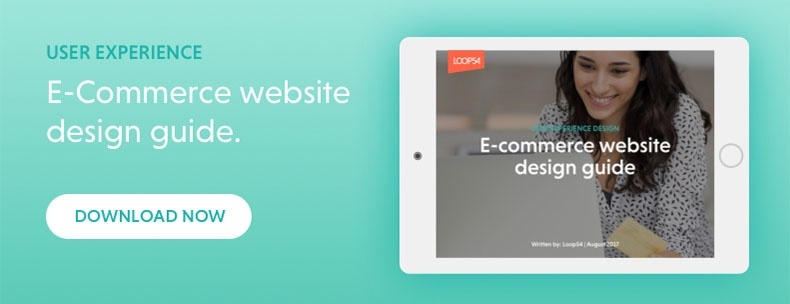The shift from shopping in-person to online has had significant changes in the overall retail industry. Convenience and variety, along with a wealth of product information, have had a major impact on the way consumers make decisions. Yet there are a few ways in which eCommerce stores have failed to match their physical counterparts.
One of those areas where eCommerce falls short is product images, especially on mobile. Out of 50 popular online retailers, around 25 percent provide only one photo for each product. For the images that do exist, most are static photos with little to no detail. This same study found that few online stores optimize their visual content through video, interactive media or zoom functionality.
The Value of the Visual
Brick-and-mortar stores have an advantage over eCommerce in the visual aspect -- customers have the opportunity to view products in person, touching them and observing every detail. As the owner of an online business, this is the challenge that you face -- recreating the visual elements of your products in an online product, in a way that competes with physically viewing your in-store competition.
The right visual elements can help close the gap between a physical product and your online representation of it. Different types of images, visuals and interactive content can recreate that in-person shopping experience for your customers. As a result, you can expect to see an increase in sales -- just improving the quality of your images can result in a conversion rate that is up to three times higher than that of low-quality images.
Visual Content Options for E-Commerce
Along with improving the quality of your product images, more interactive and engaging types of visual content can also help boost the effectiveness and sales of your eCommerce site. The following are a few important visual content options to consider adopting for your online store.
360° Product View
This type of visual content is one of the closest in recreating the in-person experience of holding a physical product in your hands and examining it from all angles. Although it may not be real, this all-around perspective gives your customers the same kind of view and feeling of control as they explore a product. Experimenting with 360° product views brought Golfsmith.com an increase in conversion rates that was at least 10 percent -- and for some products up to 40 percent more conversions.
Instructional Videos
Instructional videos go beyond the physical features and overall appearance of an item to show exactly how that product works. This type of content not only provides additional, engaging information on the product, but it also lets your customers imagine using the item -- visualizing how it will improve their everyday lives. Seventy-three percent of respondents to an Animoto survey indicated that they were more likely to purchase a product or service after viewing an explanatory video.
User-Generated Content
User-generated content, or USG, adds another kind of value to your products' digital representation in your online store: social proof. This is especially powerful when it comes to fashion, as potential buyers can see how a particular item looks on different shapes of customers -- indicating whether or not it will work for them. Encouraging users to share their own images not only adds to your database of visual content but also gives added comfort and information to others considering a purchase.
Augmented & Virtual Reality
As two of the newest formats of digital content, augmented and virtual reality are some of the least-used forms of product content, but have the potential to be two of the most powerful. A virtual reality product demonstration has the potential to provide an experience that replicates in-person shopping far more realistically than a 360° product view. Early studies indicate that customers are more comfortable with online shopping if they can try out a product in a virtual manner.



